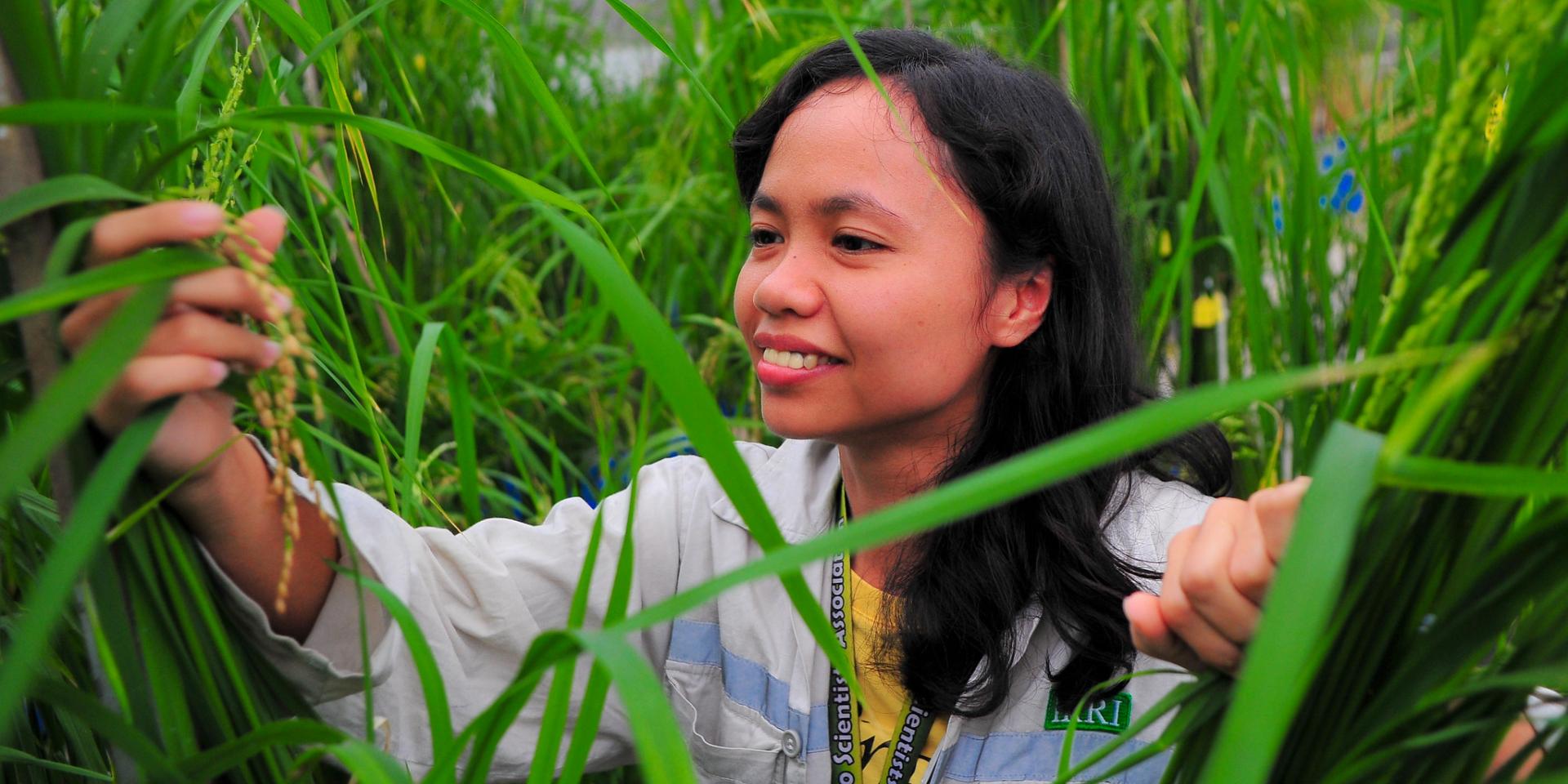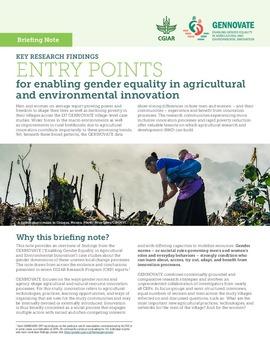A roadmap for gender equality in agriculture in central America
 Photo: IRRI
Photo: IRRI
Climate change is expected to increase the already existing gender inequalities experienced by rural women. Research has concluded that rural women face enormous barriers in accessing adaptation strategies. Due to gender and social norms, less access to information and financial limitations among other issues their capacity to respond to climate change is often given less attention. As a result, many adaptation initiatives do not take into account their knowledge, particular needs and specific roles in agricultural work.
Climate-smart agriculture (CSA) is an approach that can promote gender equality and women's empowerment in agriculture. It does so by taking into account the priorities and capacities of women and men when they adopt CSA practices. Combined, different CSA practices can benefit women in a specific context. Researchers must identify which practices have proved to advance the transformation of agriculture and rural development in a way that promotes gender equality.
Recognizing that gender equality and the empowerment of rural women is vital for building a sustainable future and more resilient food systems, the Climate-Smart Agricultural Strategy (EASAC) for the Central American Integration System (SICA) region included a proposal for the facilitation of mechanisms that integrate the principle of gender equality and equity, as well as promote the intergenerational approach and social inclusion in CSA actions. To ensure the implementation of this strategic line, the CGIAR Research Program on Climate Change, Agriculture and Food Security (CCAFS) and the Central American Agricultural Council (CAC) prepared a document defining a series of actions that have taken into account the geographic, agroecological and social characteristics of women and young people in the SICA territory.
Actions to implement the gender perspective of the EASAC
There are two actions that should be implemented at all levels: the first is to generate training and debates on the gender perspective at the institutional, national, and regional levels. The second is to promote the gender approach with an emphasis on equality, freedom, productivity, education, health, etc.
